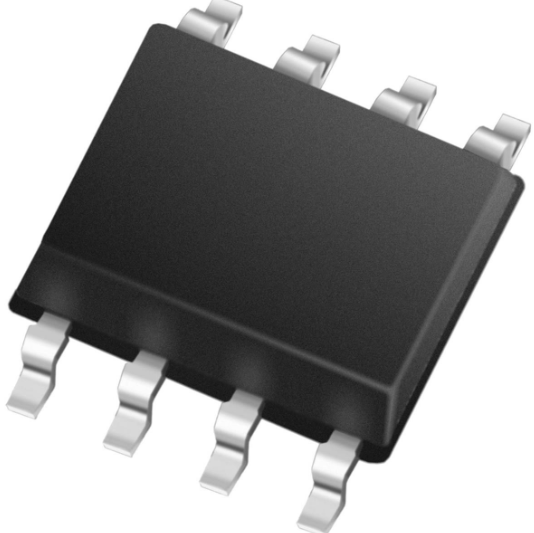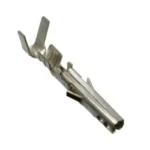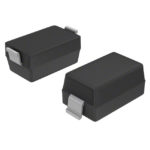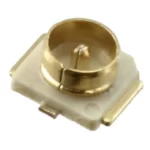Breaking Down the Integrated Circuit Chip: Everything You Need to Know
As someone who has always been fascinated by electronics, I have always been intrigued by the inner workings of the integrated circuit chip. This small but mighty component has revolutionized the world of technology and has made it possible for us to enjoy the many gadgets and devices that we use today. In this article, I will be breaking down the integrated circuit chip, discussing its history, components, types, manufacturing process, applications, advantages, and future.
Introduction to the Integrated Circuit Chip
The integrated circuit chip, also known as a microchip or simply IC, is a small electronic component that contains multiple interconnected electronic circuits. It is made up of various components, including transistors, resistors, capacitors, and diodes, which are all integrated onto a single piece of semiconductor material, usually silicon. The purpose of the integrated circuit chip is to control the flow of electricity and to perform various functions within electronic devices.
The integrated circuit chip is found in a wide range of electronic devices, ranging from smartphones and computers to cars and home appliances. It has played a significant role in the advancement of technology over the past few decades and has made it possible for us to enjoy the many benefits of modern-day electronics.

History of the Integrated Circuit Chip
The integrated circuit chip was first developed in the late 1950s by Jack Kilby and Robert Noyce, who were working independently at Texas Instruments and Fairchild Semiconductor, respectively. Kilby developed the first integrated circuit chip in 1958, while Noyce developed a similar device in 1959. Both devices were made by etching the components onto a single piece of semiconductor material.
The first integrated circuit chips were relatively simple and contained only a few transistors and resistors. However, as technology advanced, the number of components that could be integrated onto a single chip increased dramatically. In the 1970s and 1980s, the development of microprocessors and memory chips revolutionized the electronics industry and paved the way for the development of modern-day computers and smartphones.
Components of the Integrated Circuit Chip
The integrated circuit chip is made up of various components, including transistors, resistors, capacitors, and diodes. Each of these components plays a crucial role in the functioning of the chip.
Transistors are the most important component of the integrated circuit chip. They are used to amplify and switch electronic signals, and they are what make it possible for the chip to perform various functions. Resistors are used to limit the flow of electricity, while capacitors are used to store and release electrical energy. Diodes are used to control the flow of electricity and to convert AC signals to DC signals.
Other components that may be found on an integrated circuit chip include inductors, transformers, and sensors. Each of these components plays a specific role in the functioning of the chip and is carefully designed and integrated to ensure optimal performance.
Types of Integrated Circuit Chips
There are several types of integrated circuit chips, each designed for a specific purpose. The most common types of integrated circuit chips include microprocessors, memory chips, logic gates, and analog chips.
Microprocessors are the most complex type of integrated circuit chip and are used to control the operations of computers and other complex electronic devices. Memory chips are used to store data and program instructions, while logic gates are used to perform logical operations such as AND, OR, and NOT. Analog chips are used to process analog signals such as sound and video.
How Integrated Circuit Chips are Made
The process of manufacturing an integrated circuit chip is complex and involves several steps. The first step is to design the chip using specialized software. Once the design is complete, a mask is created that will be used to etch the components onto the semiconductor material.
The semiconductor material, usually silicon, is then cleaned and prepared for the etching process. The mask is placed onto the material, and the components are etched onto the material using a process called photolithography.
After the components have been etched onto the material, the chip is tested to ensure that it is functioning correctly. If any defects are found, the chip is discarded. Once the chip has passed all the tests, it is packaged and shipped to the customer.
Applications of Integrated Circuit Chips
Integrated circuit chips are used in a wide range of applications, ranging from consumer electronics to aerospace and defense. They are used in smartphones, computers, TVs, and home appliances, as well as in medical devices, automotive systems, and industrial control systems.
One of the most significant applications of integrated circuit chips is in the field of artificial intelligence and machine learning. These chips are used to power the algorithms and models that are used in these fields and are essential for the development of advanced AI systems.
Advantages of Using Integrated Circuit Chips
The use of integrated circuit chips has several advantages over traditional electronic components. One of the most significant advantages is their small size. Integrated circuit chips can contain thousands or even millions of components on a single chip, making them much smaller than traditional electronic components.
Another advantage of using integrated circuit chips is their reliability. Because the components are integrated onto a single chip, there are fewer points of failure, which makes them more reliable than traditional electronic components.
Integrated circuit chips are also more energy-efficient than traditional electronic components. They require less power to operate, which makes them ideal for battery-powered devices such as smartphones and laptops.
Future of Integrated Circuit Chips
The future of integrated circuit chips looks bright, with new advancements and innovations being made every day. One area that is seeing significant growth is the field of nanotechnology, which involves the development of chips and other electronic components on a molecular scale.
Other areas that are seeing significant growth include the development of flexible and wearable electronics, which rely heavily on integrated circuit chips. The use of integrated circuit chips in the field of AI and machine learning is also expected to grow significantly over the next few years.
Conclusion
The integrated circuit chip has revolutionized the world of electronics and has made it possible for us to enjoy the many benefits of modern-day technology. It has played a crucial role in the advancement of technology over the past few decades and will continue to do so for many years to come. Understanding the inner workings of the integrated circuit chip is essential for anyone who wants to work in the field of electronics, and I hope that this article has provided you with a comprehensive overview of this amazing component.
CTA
If you want to learn more about the integrated circuit chip and other electronic components, be sure to check out our blog for more informative articles.


